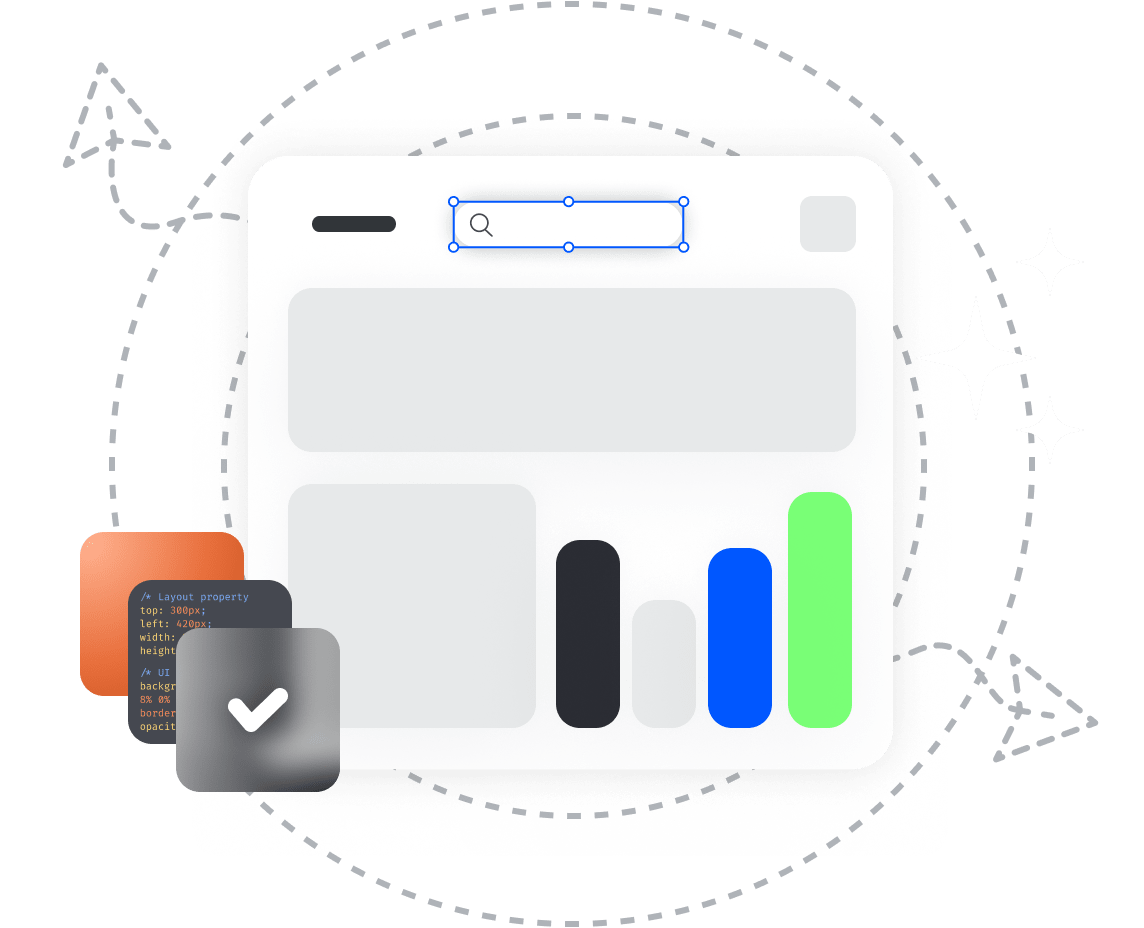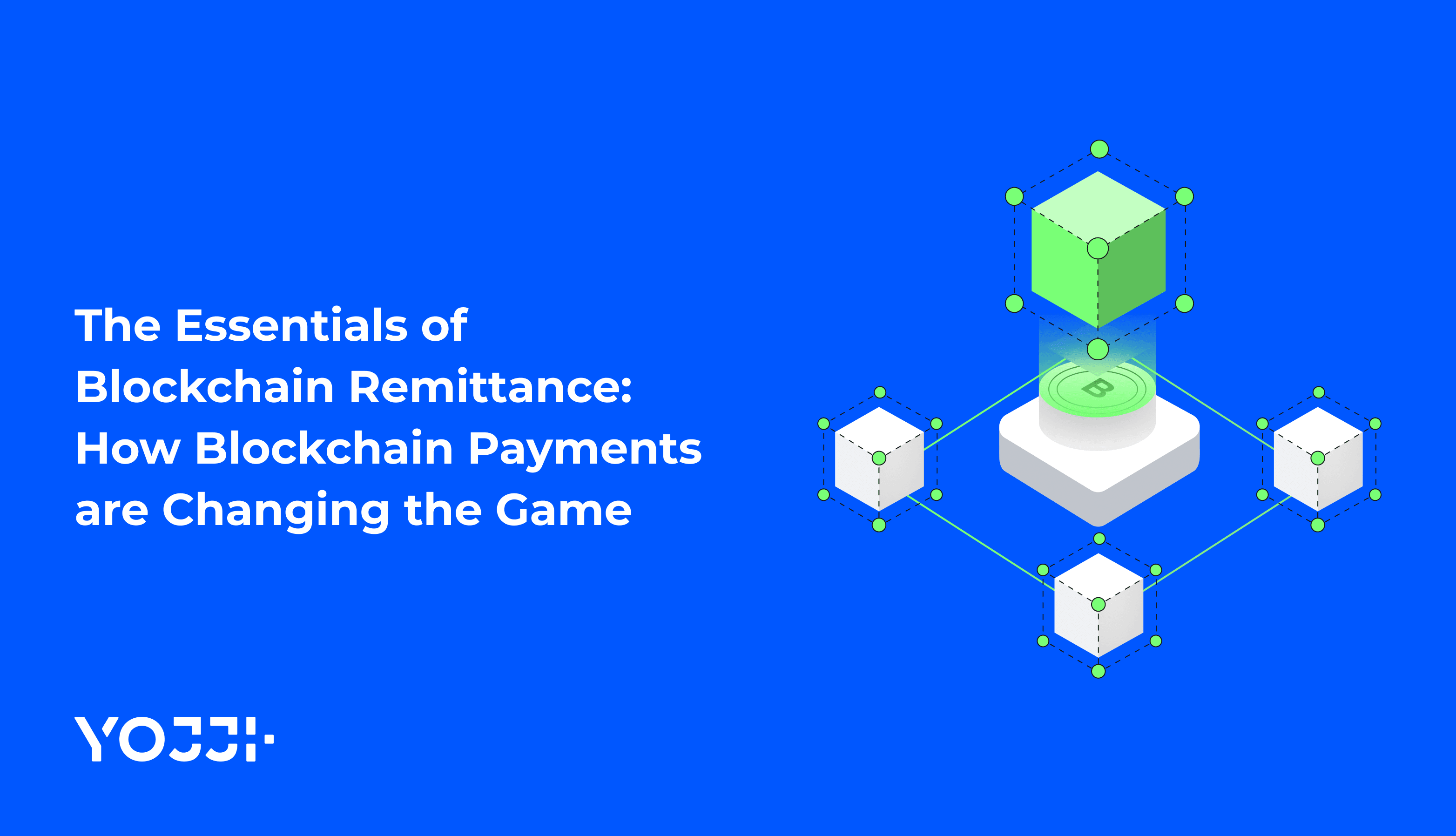Product Management Process: Main Stages

Bringing products to market is a daunting task because no one knows if an idea is a great way to start. Product management is called to bring order to chaos, help sort things out, prepare a great end product, and introduce it on the market.
Undoubtedly, a product management process is a long path, full of discussions with all team members and holding meetings with stakeholders. However, this is not a reason for fear or despair because once this process is clearly outlined and managed properly, it runs smoothly.
At Yojji, we know how to transform any idea into a profitable product and have top professionals who make this process effective and hassle-free for the clients. In this article, we will dig into the product management process basics, highlight the main phases of the product management process, and give an insight into product manager roles.
What Is Product Management?
Product management is the process of bringing a new product to market or improving the current condition of an existing product. Product development management consists of many stages, which include the development of a product idea, design, development, and pricing, based on the interests and needs of customers.
According to statistics, a fully optimized product manager could increase company profits by 34.2%. Thus, this process is a very important part of the development cycle and the launch of a competitive product. Currently, the competition is very high because every day products are replaced by more effective and modern solutions, so it is very important to clearly analyze the needs of the target audience and always take into account the current market situation.
What Is a Product Manager?
A product manager is a person who creates a vision for a product, organizes a development process, and leads the development process from scratch to make sure a project is successful and results in proven benefits. The role and responsibilities of a product manager are extensive, and they include identifying opportunities, strategic planning, organizing the workflow in the most efficient way, communicating with developers, negotiating with stakeholders, improving the product, analyzing data, and managing defects.

Product Management Life Cycle
A product management life cycle involves various processes that are carried by different team members who work in sync to achieve the set goal. A product manager actively participates in these processes or oversees them. Here are the main stages.
- Innovation
At this stage, a process of discovering new fields and ideas while pointing out the most successful ones takes place. Then the ideas are prioritized and those that look like more of a great idea that meets all the customers’ needs are sorted out. When a range of solutions or one particular idea is chosen, then another stage of further investigation takes place.
- Analysis
An analysis phase consists of several steps. Firstly, a chosen concept or several ideas are validated against market and target audience requirements by conducting market research. This implies a comparison of similar products, studying the competition, and identifying target customer groups. Secondly, high-level requirements are written, and the investment is justified. A detailed strategy in a form of a roadmap is elaborated. This tool provides a framework for experts with a description of ways to achieve set objectives, major milestones, and the current condition of product development. The roadmap can be used on a company level (such roadmap is called internal) or created for stakeholders, investors, or potential customers (external roadmap). The third step is the validation and signing off by senior management before the development stage starts.
- Development
A team of professionals with different functions (UX/UI designers, devs, and a product manager) works on the development and design of the product. Technical specifications are written, the prototypes and a mockup design are made. Then A/B testing (one of the most popular evaluation techniques) is covered by a product manager who defines the MVP, collects the feedback once the MVP is released, evaluates deliverables, and changes requirements based on user input. Then all the analysis data are transferred to a project manager so that all the necessary changes are made, and make sure the software is ready for launch.
- Go-to-market
A company prepares for a product launch. The product is validated for market by running trials, finalizing the proposition, and making sure the company is ready to sell the final product. Marketing strategies are used to build customer awareness and create a buzz around a product, then the pricing model is selected, and the most effective release timing is chosen. Depending on the niche, this phase may last from several minutes (web-based products) to several months (health niche).
- In-life
When the product is launched, then a team of devs, designers, product managers track the product metrics to understand how successful it is. For this purpose, the financial metrics, metrics demonstrating user interest, engagement, and user satisfaction, and product popularity are used. The results will indicate the product’s performance and the need for adding new features or adjusting the sales strategy and marketing campaign. On top of that, during this stage, a product manager discovers new problems that couldn’t be detected before, and the team fixes them.
- End-of-life
When the product is no longer needed, then it is withdrawn to this stage.
Conclusion
Thus, a product management process is extremely important for a successful product launch. The steps we’ve highlighted give you an insight into what this process looks like. Yojji has professional product managers on its team who definitely know how to organize, develop, streamline, and sell your product successfully.

Yojji successfully delivered the project within schedule. They demonstrated excellent project management via weekly sprint demos and promptly made adjustments based on the client's feedback. Their responsiveness and collaborative attitude were key elements of their work.

5.0
Yojji was an instrumental part of the client’s team, working closely with them to achieve the product’s success. The team was very collaborative and timely, and their performance was amazing. Additionally, their resources were experienced, professional, and enjoyable to work with.

5.0
Yojii is impressive both in quality of development work as well as their commitment. Strong focus on delivery, highly technical personnel, flexible approach that allows for rapid development. Strong processes that allow for solid controls.

5.0
We’re very happy with the way that Yojji works, which is why we’ve spent so much money and engaged them for such a long time. We treat them as employees in regard to responsibilities and expectations, and they haven’t disappointed us.

5.0
As a company, we find Yojji to be excellent development partners - we cannot recommend them more highly and will be very happy to continue working with them in the future.

5.0
They are really nice people with excellent technical backgrounds.

5.0
We used Agile project management methodology and were in contact with the team and project manager daily.

5.0
They all had a super positive outlook and were dedicated to getting the work completed to a high standard.

5.0
Yojji has delivered an accessible product with thorough consideration for the client's requirements. Users have commented on the platform's user-friendliness and speed. Moreover, the team is easy to communicate with and provides frequent updates. Their development and design skills are impressive.

5.0




